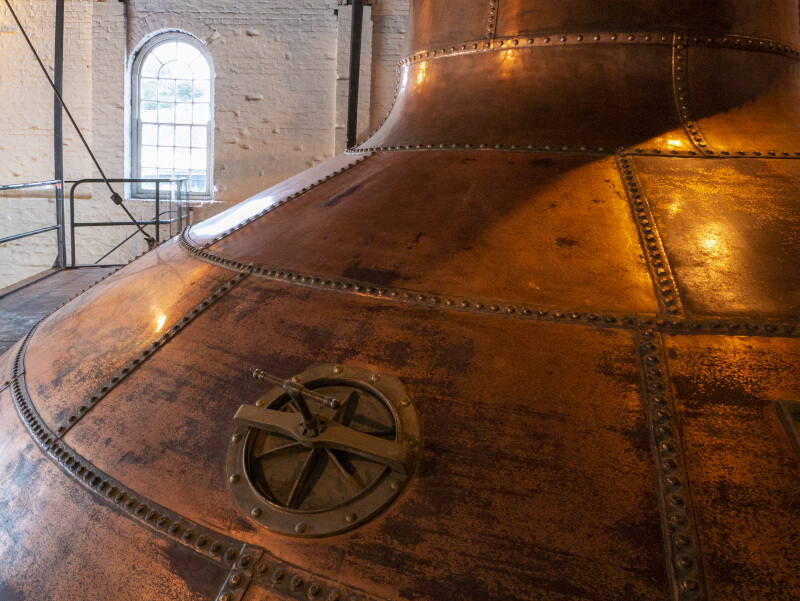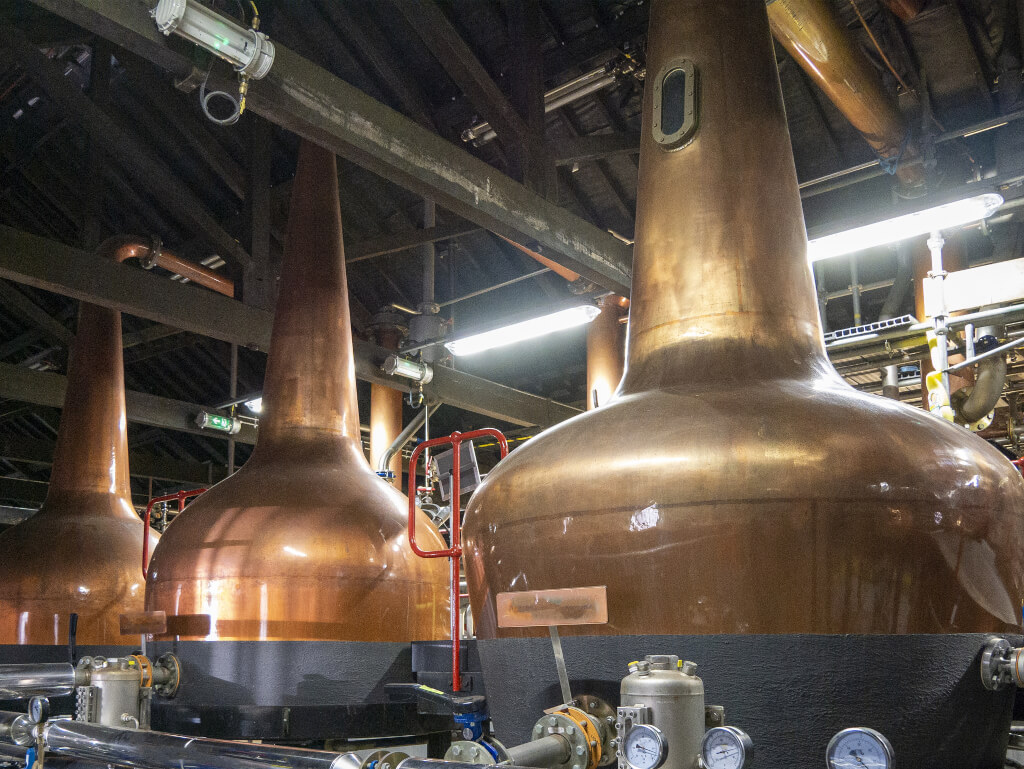Have you ever wondered where the name “Lyne Arm” originated? The subtle differences between grain whiskies and malt whiskies, both of which want your vote, make for an enjoyable side trip.
The name “Lyne Arm” raises more questions than it answers. Even a cursory perusal of Alfred Barnard’s Whisky Distilleries of the United Kingdom could leave you bewildered. The lack of mention of this term may indicate that it was never used or that it was simply missed by some of the record keepers. Despite being left out of publications like Morewood’s 1838 Inebriating Liquors, the term has made its way into modern parlance.
Are you ruling out the possibility that it’s a slang expression? Maybe it’s because it’s “lyning” between the swan neck and the cooling system. You might see a billboard promoting Lyne of Skene after a short drive through Speyside. In the Doric language, the verb ‘lye’ means to lay, which suggests that the name ‘Lyne’ may have originated from that word. In the days of hidden stills, this setup would ‘lay down’ from the swan neck to the worm, according to the words of a seasoned coppersmith.
The Mechanics of the “Lyne Arm” in Distillation
The “Lyne Arm” is an integral component in the distillation process, especially in the context of whisky production. However, its mechanics and importance often remain overshadowed by its more illustrious counterparts.
Functionally, the Lyne Arm serves as the conduit or pathway for vapors produced during the distillation process. Post boiling, when the fermented mash heats up in the pot still, vapors of alcohol and various congeners rise. These vapors need direction and a medium to cool down and condense back into a liquid. This is where the Lyne Arm comes into play.
Positioned atop the pot still, this arm typically extends horizontally, but its design can vary. Depending on the design and orientation, the Lyne Arm can impact the character of the spirit. A rising Lyne Arm, for instance, allows only the lightest vapors to pass through, leading to a smoother and lighter spirit. On the other hand, a descending arm permits heavier vapors to cut, contributing to a more robust flavor profile.
Material Plays a Role Too
Traditionally made from copper, the Lyne Arm does more than just direct vapor. Copper interacts with the vapor, removing unwanted sulfurous compounds, ensuring that the resulting spirit is not just flavorful but also free from off-putting tastes.
The Lyne Arm’s design can vary based on regional preferences. Some traditional designs even incorporate water-cooling mechanisms to aid in reflux. Reflux, in the context of distillation, is the process where some of the ascending vapors condense before even reaching the arm or the condenser, falling back into the still. This acts as a natural filter, allowing only select components of the vapor to proceed, which, in turn, affects the flavor profile of the resulting spirit.
The Opinions of Irish Compatriots Can Provide a Different Perspective

For example, Midleton Distillery in Ireland employs a term called “lyne,” which is likely a play on “lie.” The horizontal arm that extends from the pot still’s neck to the worm is crucial to their jargon. However, the ‘Lynne-arm’ is singled out as an Irish distillation specialty in an old excerpt from Forbes’ Short History of the Art of Distillation. It’s presented as a crucial add-on to the pot still, functioning as a crude reflux condenser.
One Cannot Stop but Wonder, “Why ‘Lynne’?”
Is Lynne the name of a visionary who stands with Coffey and Stein? A solution eludes our efforts. Evidence from the 1908 Royal Commission on Whisky, however, supports the notion that the phrase has an Irish origin. Richard Forsyth of Forsyths Coppersmiths proposed the term “Lyne arm” to describe a water-cooled conduit used to aid reflux, and historical reports from the period refer to such a device.
Inefficient reliance on efficiency may be the downfall of grain whiskies, which often use larger, industrial stills and higher-proof distillation. Why? Since malt whiskies are often distilled in small batches, much care must be taken during the process. The complexity of water-cooling reflux technologies like those used in the ‘Lyne Arm’ is emblematic of the care that goes into producing malt whiskies.
If you knew that the artist had spent countless hours perfecting each stroke in the artwork, would your appreciation for it grow? Whiskies can be thought of in the same way. If you’re a connoisseur of fine beverages, you might appreciate the complexity of malt whisky’s flavors and appreciate the craftsmanship and history that go into making it.
We might look at the meteoric rise in demand for single malt whiskies across the Atlantic. The drawbacks? It’s about more than just how it tastes. The history, the skill, and the heritage mean everything. Granted, grain whiskies have their attraction, but they may not be quite up to the task of spinning a tale as engaging as this one.
Technical terminology like “Lyne Arm” aren’t only for talking shop, either. They represent the quality and care that goes into making malt whiskies. Think about the time and effort that went into making your next glass of liquid gold.

